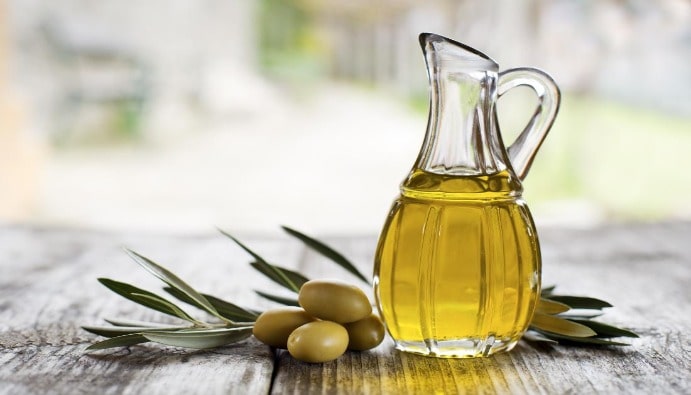Sterol, Erythrodiol and Uvaol Analysis: Biochemical Quality
The Importance of Sterol, Erythrodiol, Uvaol Composition and Amount in Olive Oil

Olive oil is a food product that stands out with its nutritional value and health benefits. Therefore, it is necessary to determine the quality, purity and authenticity of olive oil. Sterol, erythrodiol and uvaol analysis are among the methods used to determine the components in the chemical structure of olive oil. These analyzes help to detect possible adulteration and adulteration by controlling the quality and authenticity of olive oil.
What are Sterols, Erythrodiol and Uvaol?
- Sterols:
- A group of lipids found naturally in olive oil and important in determining the authenticity of the oil.
- Sterols such asbeta-sitosterol, campesterol, stigmasterol are the most common types of sterols in olive oil.
- The sterol profile is used to understand from which vegetable source the olive oil is derived.
- Erythrodiol and Uvaol:
- Erythrodiol: It is a compound whose amount can increase in olive oil, especially in low quality oils and blends, far from extra virgin quality.
- Uvaol: It is a triterpenic alcohol similar to erythrodiol and is used to evaluate the quality and purity of olive oil.
- The amount of both compounds is critical in identifying adulteration (mixing with other oils) in olive oil.
Why Analysis?
- Quality Control: These analyses are necessary to determine the quality classes of olive oil such as extra virgin, virgin or refined.
- Purity and Origin Control: Determines whether the product is mixed with other vegetable oils. It verifies whether the olive oil complies with certificates of authenticity such as geographical indications.
- Compliance with Legal Requirements: Analysis is mandatory to ensure compliance with food safety and labeling regulations.
- Consumer Confidence and Health: It guarantees the health benefits of olive oil and increases consumer confidence.
Legal Regulations and Standards
- Turkish Food Codex Communiqué on Olive Oil and Olive Pomace Oil (TGK): Requires sterol and triterpenic alcohol contents to be within certain limits. For example, beta-sitosterol content should generally be above 93%.
- IOC (International Olive Council) Standards: Sterol profile and erythrodiol/uvaol ratios are the main criteria for olive oil classification.
- EU Regulation No. 2568/91: European Union legislation includes details on sterol and triterpenic alcohol analysis in olive oil quality control.
Nanolab Laboratories Group continues to provide services within the scope of Sterol, Erythrodiol and Uvaol Analysis. We also provide services in the field of Counterfeit and Adulteration Determination in Olive Oil.
Contact us for more information.
You can follow us on LinkedIn for up-to-date news and posts about our services.
Follow our Instagram account to be informed about our latest blog posts.

